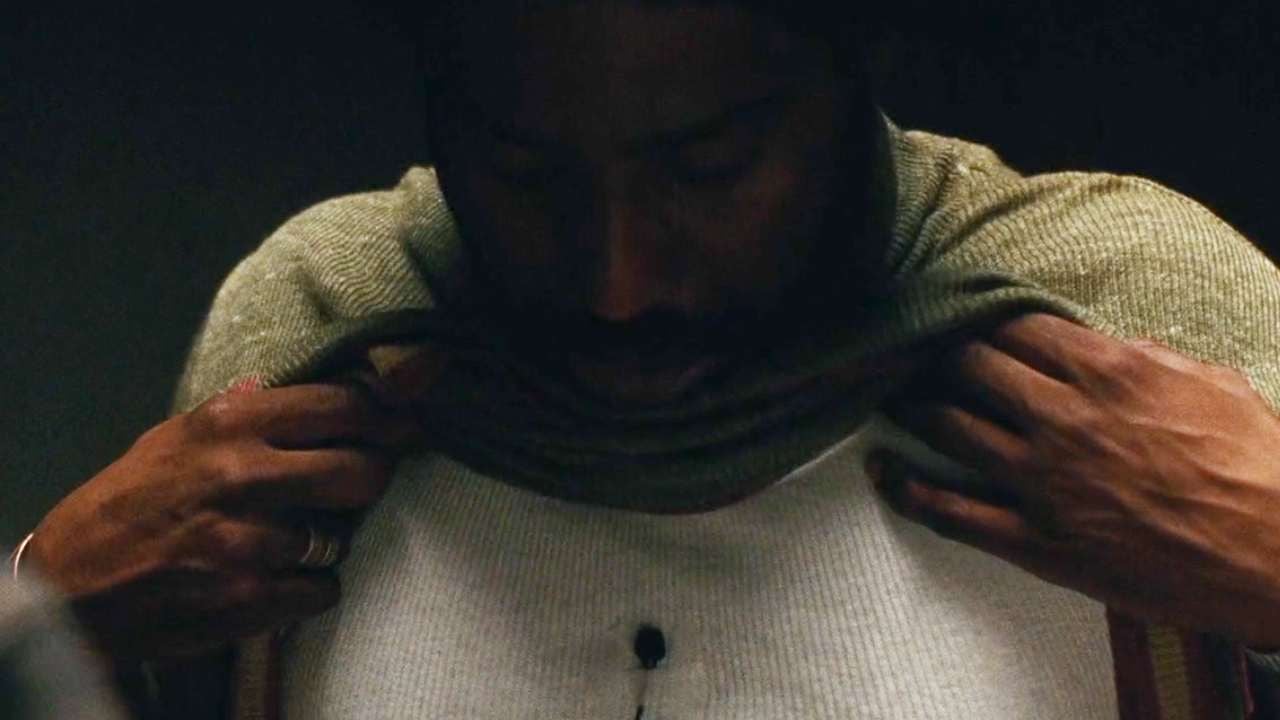Horror cinema includes a wide variety of subgenres that explore different ways of evoking fear and suspense in audiences. While not intrinsically associated with horror in technical terms, the “found footage” style has become popular and is often linked to the genre. This is due to its characteristics, which give viewers a unique and visceral experience.
Are you familiar with the concept of “found footage” and do you know of films that have used this approach? If not, find out what this film technique entails and what its distinctive features are.
In the technique, all or a significant part of a film’s narrative and form is presented as if they were recordings made by the plot characters themselves. These recordings are subsequently “discovered” and presented to the public.
The idea behind these films is to create the illusion that the images presented on the screen are real. And they often present themselves as if they were discovered after some dramatic event.
The significant milestone of the found footage style dates back to “The Blair Witch Project,” released in 1999. This film employed marketing strategies that insinuated the veracity of the events depicted. A strategy that increased the impact and success of the work, as well as contributing to the diffusion of this technique.
Subsequently, during the 2000s, productions such as “Noroi”, “Paranormal Activity” and “Rec” adopted this approach. These productions elevated found footage from a narrative technique to a horror subgenre. This resulted in the proliferation of many other works that followed this trend.
However, some critics and film experts argue that the controversial Italian horror feature film “Cannibal Holocaust”, by Ruggero Deodato and released in 1980, is the first example of “found footage”.

“Found footage” films are characterized by the use of footage that appears authentic and amateurish, often made by the same characters in the plot. This may involve using portable cameras, smartphones, or other accessible recording devices.
Both images and audio can be purposely of lower quality, simulating the authenticity of home-made recordings, with elements such as shaky scenes, abrupt cuts and irregularities in audio quality.
The presentation of the movie can be done in different ways. Or more “raw” and integral, or even with images modified and assembled as part of a narrative by the discoverers of these documents themselves.
Characters often provide real-time narration, offering commentary outside the context of the camera lens.

Thanks to these characteristics, found footage films were very successful during their heyday, generating significant profits for their producers.
This is largely due to the fact that many of these productions have relatively low budgets. The amateur approach to photography, the absence of the need for elaborate sets and the savings on expensive visual effects help reduce production costs.
A notable example is the movie “Paranormal Activity”. The film that obtained one of the highest financial returns in the history of cinema despite its modest initial investment.
Initially conceived as an independent project with a budget of only $15,000, the film was later acquired by Paramount Pictures, undergoing changes that cost approximately $200,000. Released in September 2009, the film grossed an impressive $194 million globally.
The post Found footage: what it is and what are the characteristics of this subgenre of horror films appeared for the first time on Olhar Digital.
Source: Olhar Digital
Rose James is a Gossipify movie and series reviewer known for her in-depth analysis and unique perspective on the latest releases. With a background in film studies, she provides engaging and informative reviews, and keeps readers up to date with industry trends and emerging talents.






